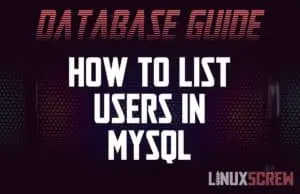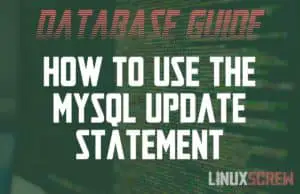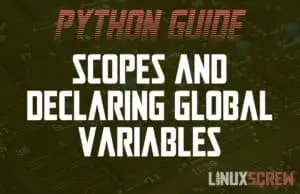Home »
How to List/Show Users in MySQL/MariaDB
This short article will show you how to list all of the users on your MySQL server. MySQL Users and Permissions MySQL databases usually have access granted to only certain users, each with their own permissions limiting what they can and can’t do on that specific database. As there are often multiple databases on a server, there will be several user accounts – some for different databases, some from different hosts – so it’s useful to be able to list them all out quickly. Command … Read more




![Merging/Combining Arrays in PHP with array_merge [Examples] 4 PHP array_merge](https://cd.linuxscrew.com/wp-content/uploads/2021/09/php-array_merge-feature-300x194.jpg)

![Formatting Numbers with number_format() in PHP [Examples] 6 PHP Number Format](https://cd.linuxscrew.com/wp-content/uploads/2021/09/php-number-format-feature-300x194.jpg)



![Catch Errors/Exceptions in Python with try/except [Examples] 10 Python try/except to Catch Errors](https://cd.linuxscrew.com/wp-content/uploads/2021/09/python-try-except-feature-300x194.jpg)